Noah Count
Senior Member
- Joined
- Mar 12, 2016
- Posts
- 5,488


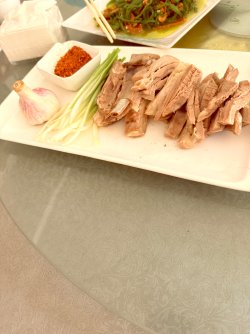
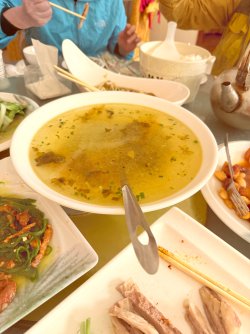
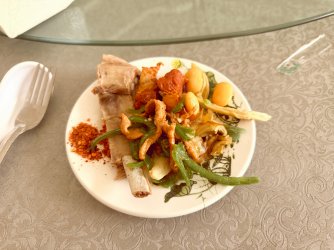
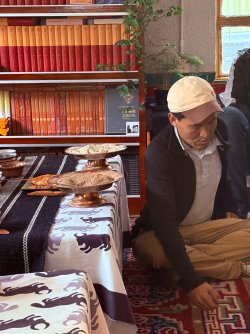
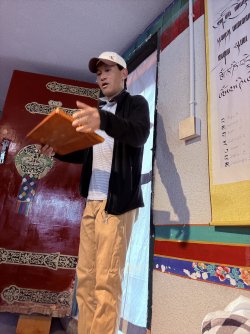
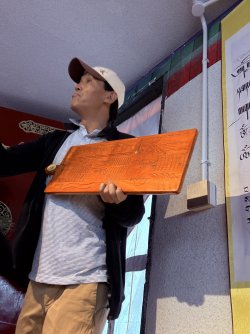
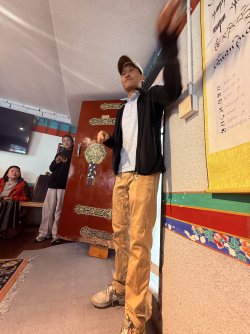
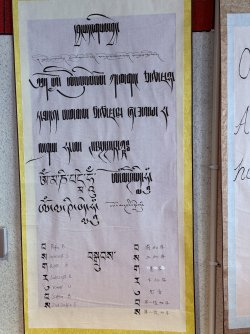
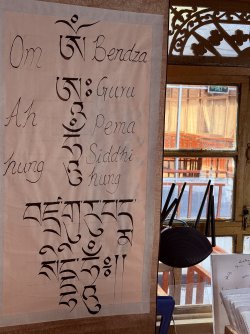
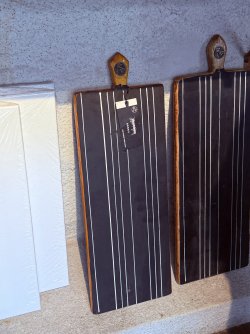
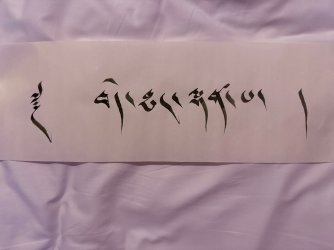
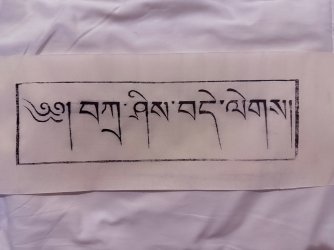
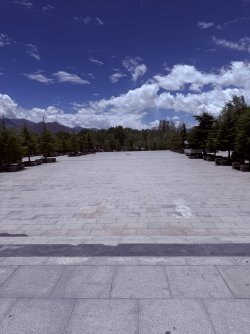

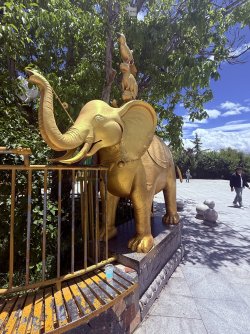
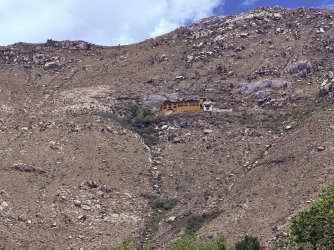
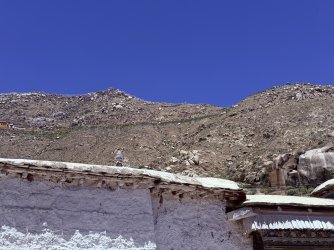
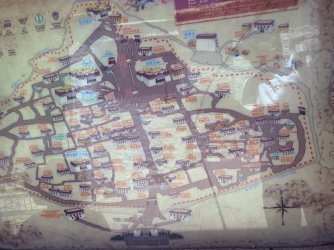
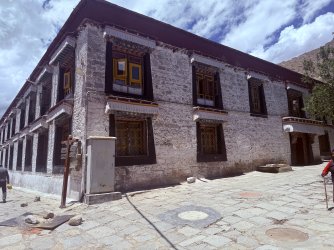
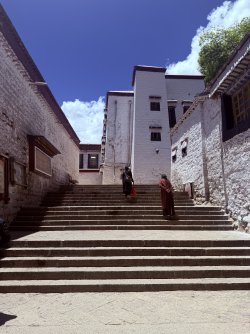
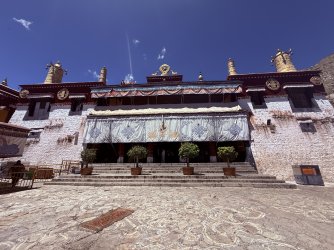
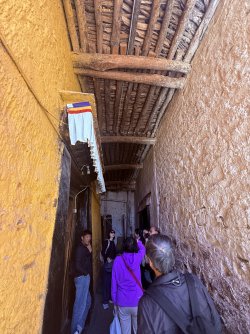
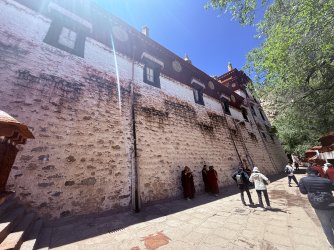
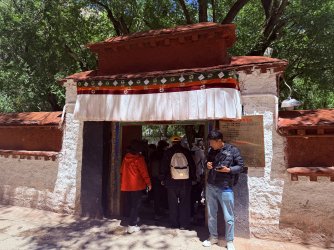
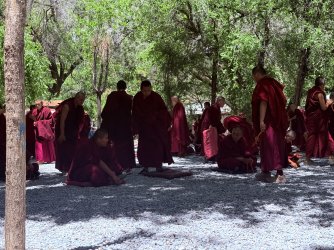
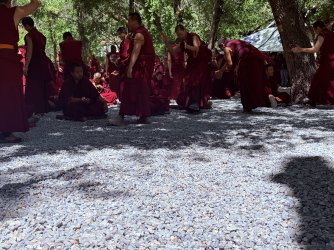
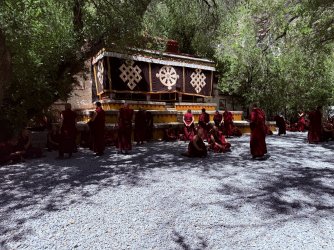
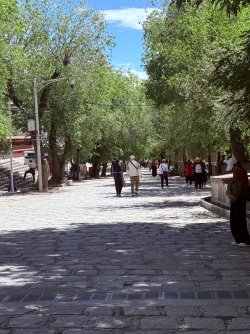
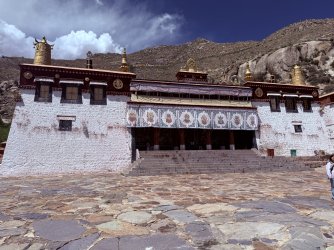
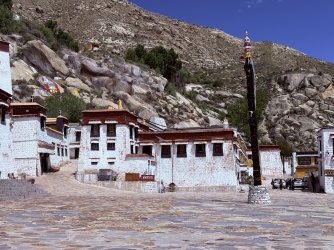
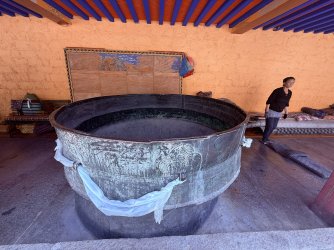
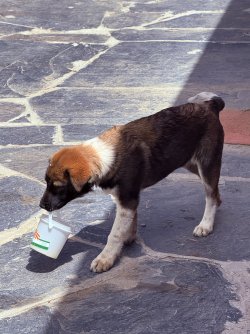
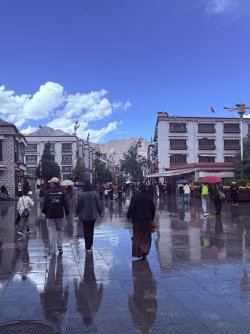
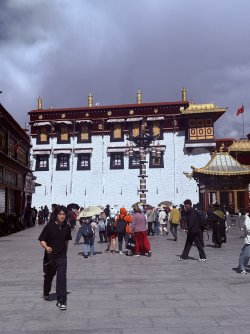
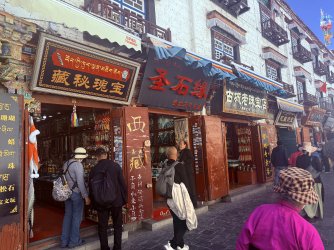
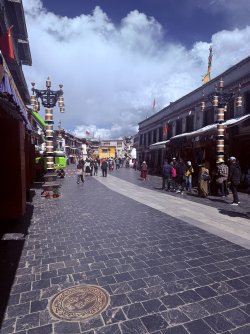
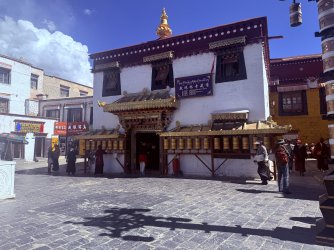
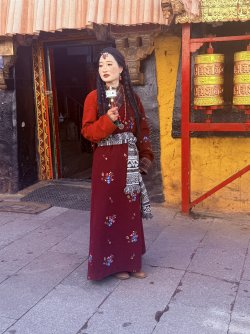
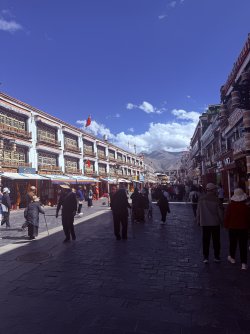
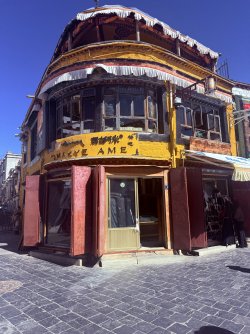
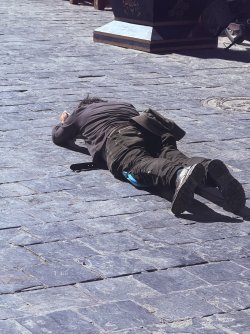
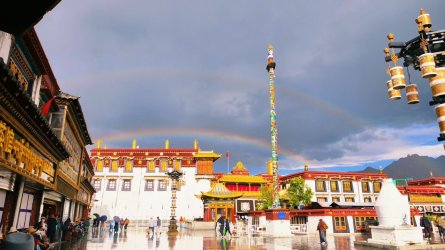
He is praying. It is called praying 4 station which is in the standing and laying position. In the standing position they move their hands from the top or above their head, then mouth and chest, take a couple of steps and repeat the actions. Bob had explained when we saw the person doing the pilgrimage that the praying sequence is to Buddha, Drama and Sanga and also known as Body, Spit and Sprit (based on the hand positions).This is just amazing. Loving your photos and the activities sound very interesting.
What is the guy prostrate on the ground doing? Is he praying? Or begging? Or something else?
This!The Polata Palace area, you need to go through police security to get in and it just a park and viewing area. Getting into the Palace is another story which I will cover later.
View attachment 446465View attachment 446474
The Tibetan Peace Monument
View attachment 446475View attachment 446476View attachment 446477View attachment 446478View attachment 446479View attachment 446480View attachment 446481View attachment 446482
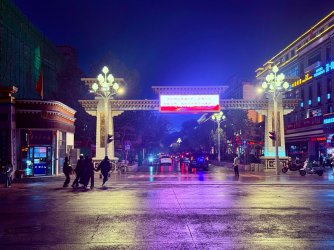
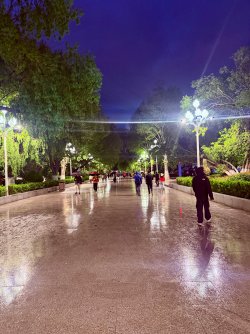
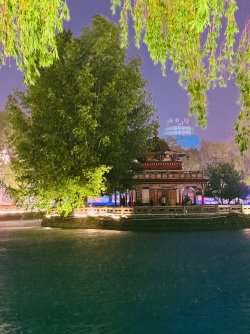
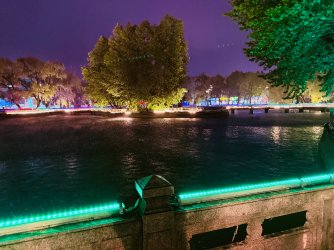
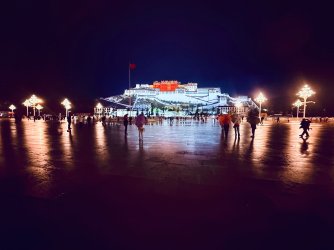
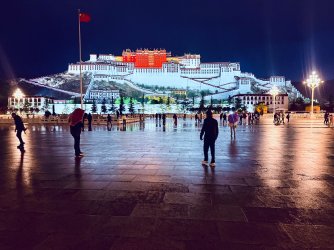
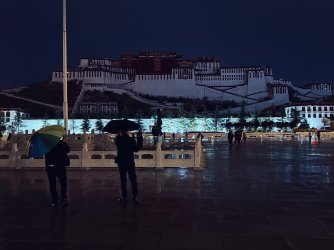
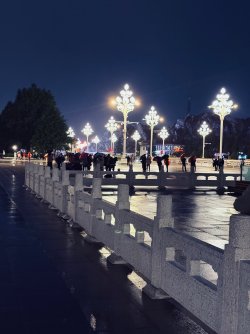
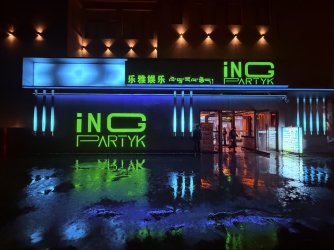
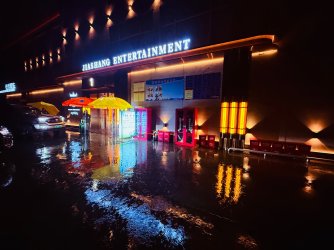
This!
I've been hanging out for a glimpse of the Potala Palace again. Thanks @Matt_01 - this has been a great journey so far.
Really enjoying seeing it all again 25 years on.
After reading your comment I asked Bob a few questions along the lines of when did China start spending money on Tibet. What was Barkhor St like 30 years ago and a couple of others. I don’t know how old Bob is but at a guess 40+.Hmmm, 40 years on for me, can’t say I recognise too much apart from the obvious, in all honesty, to me, it seems like a theme park.
AFF Supporters can remove this and all advertisements
Your pics are fab!In the viewing area I had not noticed the mirrors that are intermixed with the tiles. They are quite cool for taking pictures.

